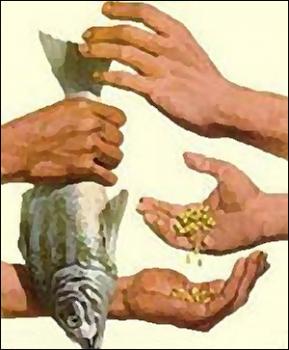International economics describes the economic transactions between two or more regions or countries that are done for either profit or political reasons. These transactions include economic resources such as capital, skills, labour, and physical goods and services such as banking and construction.
In international business, a company with multiple transactions and operations within a country is called a multinational enterprise (MNE). McDonald’s and General Motors are examples of multinational enterprises because they operate in many different national markets. International transactions provide companies with the possibility to increase sale revenue with their expansion, acquire different resources, and acquire revenue from multiple sources.
What international economics does is predict the transactions of production, investment, and trade between countries. The changes in wages and income are examples of how international economics affects members of the economy individually. The foreign trade market is currently one of the largest markets in the world which shows the importance of studying international economics.
The government is involved in international economics because of government and tax policies that are implemented to control trade and investment. Comparative advantage is a commonly used tool for predicting the patterns of international production. International demand is driven by income and tastes and the interaction with international supply determines the production and trade.
© BrainMass Inc. brainmass.com June 30, 2024, 10:06 am ad1c9bdddf
